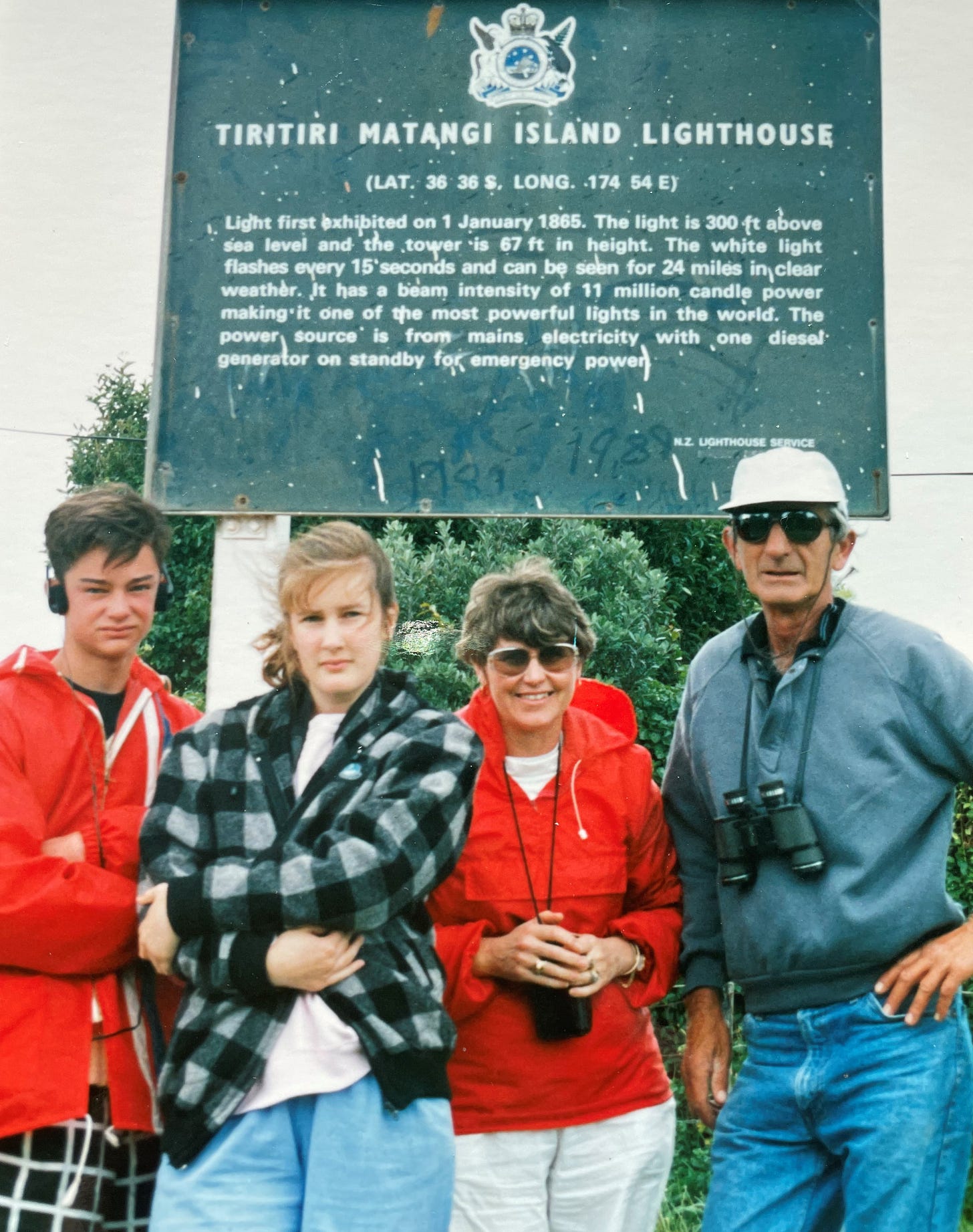Deadly trinity: followup
A journey back in time
My articles on mustelids, published over the last two weeks, were inspired by a visit to the National Wildlife Centre, Pūkaha (also known as Mt Bruce). Pūkaha is just north of Masterton, and well worth a visit if you are in the area. There, you can see birds like kākā, tui and whitehead flying free in the lush forest, weta in their weta hotels and huge eels in the stream. Check out their website and if you are heading over that way, do try and visit.
Pūkaha also has aviaries where they rear birds such as the shore plover, blue duck (whio) and kākāriki in captivity for release into the wild. It was these aviaries which got me thinking – their role isn’t just to keep birds in. What’s just as important is that they keep the predators out. If there weren’t so many predators in our environment, our native birds wouldn’t be so threatened and in need of a captive rearing programme in the first place.
Pūkaha isn’t the only place rearing endangered native birds in captivity for release into the wild. There are a number of facilities around New Zealand, not all open to the public. One that deserves special mention is Ngā Manu Nature Reserve, on the Kāpiti Coast, north of Wellington. It breeds a number of species for release, including kiwi and different species of kākāriki, and it’s also open to the public. The Ngā Manu website also hosts a stunning collection of photographs taken by the reserve’s founders. Most of the photographs are of native species, but the website also has pictures of pests, including mustelids. Ngā Manu has kindly given me permission to use the image of a stoat that appears in the first article of this series.
Once I began looking at predator fences, I discovered that there are more fenced sanctuaries than I had previously realised. There’s Zealandia in Wellington, of course, responsible for the return of kākā to Tarikākā. There’s Maungatautari, the largest fenced sanctuary, south of Cambridge. There’s the Brook Waimārama Sanctuary just minutes from the centre of Nelson. In Otago, there’s Orokonui, north of Dunedin. Auckland doesn’t have any fully-fenced sanctuaries, but it does have the Tāwharanui Peninsula, which is protected by a combination of a fence and water.
As well as mainland sanctuaries, some of New Zealand’s offshore islands are also accessible. Most require visitors to have a permit, or be part of a tour run by a permitted operator, but a small number are open sanctuaries. Rangitoto-Motutapu, which I discussed last week, is a easily reached by ferry from central Auckland. However, while Rangitoto is still open, Motutapu is currently closed to the public, under a rāhui, because stoats have again been detected on the island. The rāhui will remain until the stoats are caught. Wellington also has an island that’s easily accessible by ferry – Matiu/ Somes Island.
One of the most important open island sanctuaries is Tiritiri Matangi. At 220 hectares, it’s only a small island, so it will never support large populations of rare birds. However, it’s been a valuable source of birds to release in other areas. It is the first place that many New Zealanders saw endangered species like the tīeke (saddleback) and takahē, and it has played a crucial role in educating and inspiring people about conservation. It’s an island that is special to me, because I planted a few of the trees that now cover the island. Of course, I was one of many, but that’s one of the reasons for the island’s success – many thousands of people have taken part in its restoration and now feel a personal connection to the island. I’ve included a photograph from my very first trip to Tiritiri Matangi, in the late 1980s.
Me (second from left) on Tiritiri Matangi, with family and friends
All of these sanctuaries offer a glimpse into what New Zealand must have been like once, before the introduction of mammalian predators. For a different kind of journey back in time, there’s “Papers Past” from the National Library, a remarkable online collection of old newspapers, magazines and journals, dating back to 1839. It is searchable as well, meaning that you can type “stoat” into a search box, select your date range, and then find every mention of stoats for that time period. The searching isn’t 100% reliable – it turns out that you get quite a few mentions of the word “stout” when you search for stoat. Nonetheless, it is a wonderful source of information. It is certainly much more efficient that searching through physical copies, or trying to find something on a microfiche. So if you are interested in a topic, why not take a look and see what was being said about it back in New Zealand’s past.
Did you enjoy this article? Subscribe now and a new article will be emailed to you inbox every Sunday.
Let me know if you have any questions that you’d like me to answer through my articles. Or just let me know if you enjoyed the article.




